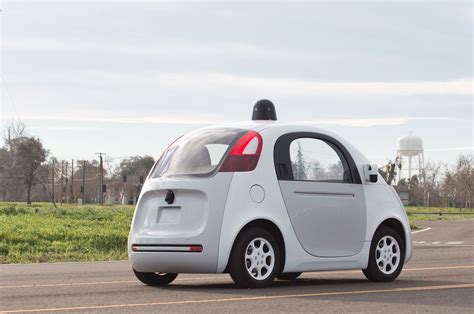There is a growing volume of rhetoric about how artificial intelligence (AI) and robots will replace the work of comms professionals, whether it’s through robo-journalism, automated social posts, or customer service bots. However, the reality is we’re spending far more time talking about these looming changes than acting on them. And for me, this isn’t a bad thing – we are comms experts after all.
The biggest benefit I’m seeing from these discussions is, whether you’re using AI or bots in your daily work or not, the hype around these technologies is forcing us into thinking differently about our profession and what we can competitively offer businesses.
Thinking, planning and strategising for an AI future
The PR and comms field has always been incredible at harnessing creative thinking and pairing it with business strategies to cut-through an increasingly noisy media landscape. AI is not yet part of our day-to-day, but it is clearly on the horizon to significantly impact how we develop, implement and measure communications strategies. AI is forcing us to think differently and beyond our usual creative streaks, into a realm where consumers’ and businesses’ standards of interactivity and engagement are continuously and rapidly increasing.
For example, the mainstreaming of driverless, robot-driven cars is undoubtedly closer than ever, yet is still anywhere from three to 30 years away. So while we’re dreaming about being picked up by our personal Batmobile, the reality is we are actually still getting from point A to point B in our Corollas. This period of limbo is changing our expectations, and comms professionals need to recognise how this affects business-to-consumer interactivity. For example, we now expect automobile manufacturers to deliver robust, as well as convenient cars based on our lifestyles and hobbies, and local councils to build infrastructure projects that will meet the needs of our Uber-driving cohorts today, as well as our automated robot-chauffeur fleets of tomorrow.
Competing in an AI future
The competitiveness of Australia’s economy is nothing to be proud nor ashamed of, according to WEF analysts. However, there is definitely room for improvement, particularly when you see us a whole nine ranks behind our neighbour, New Zealand. Whether we want to maintain our standards of competitiveness or improve them, we need to recognise and act upon the constantly changing economic shifts in our region and at a global scale. Prime Minister Turnbull’s recent rhetoric on 457 visas, for example, is pushing many industries, including the comms and media sectors, to question how we can remain competitive at a global scale if we are further restricting our employment offerings to international talent.
AI and the rapid advancements in this field are yet another major challenge as well as an opportunity for communications professionals wanting to remain competitive locally and globally. The challenge is in balancing between foreseeing how AI is changing the way we think and interact, while delivering services that address businesses’ actual pain points today. And the opportunity is boundless – AI presents the ability to create ways of communicating, purchasing, making decisions, working, and living that were unfathomable merely years ago, apart from in the context of sci-fi films.
So where does this leave us?
The reality is AI still presents countless questions with few answers, including questions on data and personal security, the economic impact on the potential replacement of unskilled workers, and whether more advanced technologies like these will broaden or shrink the socio-economic gaps between the rich and poor. As we continue to unravel the answers to these unknowns, comms professionals need to stay as sharp and creative as ever, ready to shift their strategic thinking on the fly as these technologies advance, while also ensuring we don’t get carried away with the hype of the potential for a robot to someday, maybe, kind of, perhaps take over the world – until then, there’s still plenty to do in the pre-driverless cars era.
This article was originally developed for Telum Media
